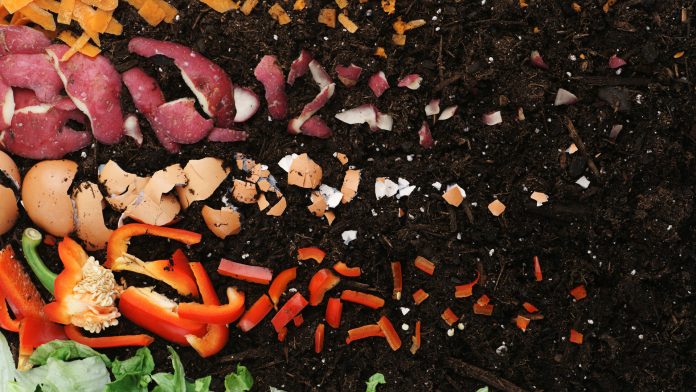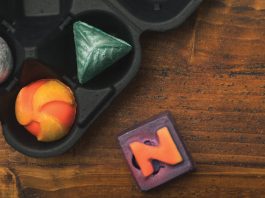Innovation News Network‘s digital editor, Caitlin Magee, explores the role of food waste in the development of biomaterials.
1.3 billion tonnes of food waste enters landfill each year, when food waste begins to decompose it releases methane gas into the environment, contributing to climate change. CO2 emissions are often viewed as the greatest contributor to global warming, however methane traps 30 times more heat in the atmosphere.
Once discarded, uneaten food occupies almost 1.4 billion hectares of land, which amounts for 30% of the world’s agricultural land area. Food wastage, followed by its improper disposal, limits the area of land in which farmers can produce food and results in the loss of habitat for local wildlife.
Several organisations are aiming to reduce the amount of food waste that is sent to landfill by using it to develop biomaterials. These materials play an integral role in modern medicine, providing healthcare professionals with essential technologies for those with heart conditions, artificial joints, cranial implants, and skin grafts.
Biomaterials for bone regeneration
Innovation in the field of bone regeneration is essential to ensuring the fixation of artificial joints/implants, dental fixators, closure of cranial defects in various injuries, etc. Researchers at National University of Science and Technology, Russia, have developed a bioactive polymer-ceramic composite for fixing implants and restoring bone defects in the skull. The biomaterial is derived from eggshells and increases the strength and biointegration of implants.
According to Inna Bulygina, co-author of the study, the use of eggshells in bone generation contributes to bone mineralisation and growth. Bulygina added: “We have adopted a cost-effective approach to recycling biowaste to improve the quality of life for patients with bone disease. For the production of composites, diopside obtained from eggshells was used.”
Eggshells have a long history of being used to aid bone regeneration. Scientists from the University of Medicine and Pharmacy, Romania, studied several medical databases to uncover over 800 studies that used eggshells in bone regeneration. Based on the results of this study, the authors concluded that eggshell can be useful in oral bone regeneration. However, because these studies encounter financial limitations, further research is needed with more controlled and strict study protocols.
Collagen driven organ engineering
Bioengineers can also use eggs to repair damaged organs. Egg whites have large amounts of the amino acids necessary to produce collagen, a biological macromolecule which makes up 35% of the proteins in the human body and it is essential to the regeneration of human organs.
A team of researchers from the Vellore Institute of Technology (India), Shanghai University (China) and the University of Twente (Netherlands) have developed a method of formulating a vascular bioink utilising egg white. The team demonstrated how the tissue could be 3D bioprinted into functional tissues.
Engineering human organs through 3D bioprinting holds great promise for the development of off-the-shelf and patient-specific tissues and organs, which will also alleviate the shortage of organ donors, as the World Health Organization (WHO) estimates that more than a million people worldwide waiting for organ transplantation.
Using marine algae and egg white, the team developed a biocompatible printed structure. When tested using human umbilical vein endothelial cells, researchers discovered vascular sprouting and neovascular network formation in between the fibres within the printed scaffold, demonstrating great promise for the future development of 3D printed organs.
Marine organisms are also rich in collagen, which can be extracted from the by-products of the aquaculture and fishing industry, such as waste fish scales, organs, and skin. Collagen-based skin-like scaffolds are a promising alternative to skin grafts to repair wounds and injuries. One of the most successful raw materials for skin-like scaffold is sea urchin, due to their collagen rich flesh.
When sea urchins are processed for human consumption, the gonads are removed, and the remaining matter is discarded. A research team led by the University of Milan have utilised this waste matter in the production of skin-like scaffolds for the development of skin grafts. The team extract fibrillar glycosaminoglycan-rich collagen from the non-edible parts of the sea urchin to produce bilayer Collagen-based skin-like scaffolds. The thin and dense 2D collagen membrane strongly reduces water evaporation and protein diffusion, and acts as a barrier against bacterial infiltration, protecting against more than 99% of the bacterial species tested, thus functionally mimicking the epidermal layer.









